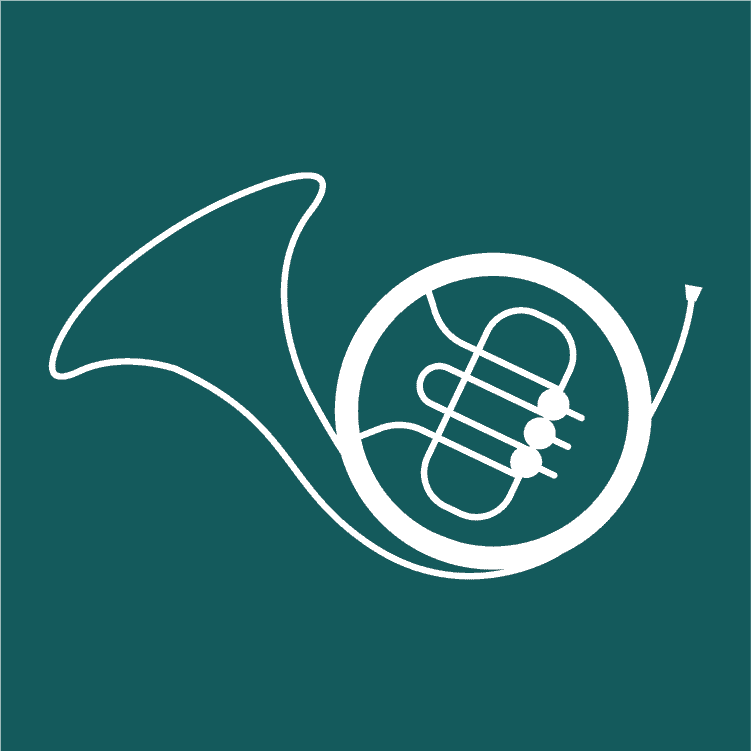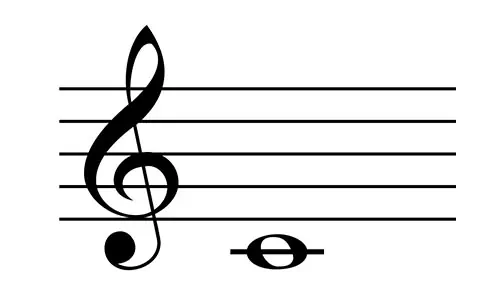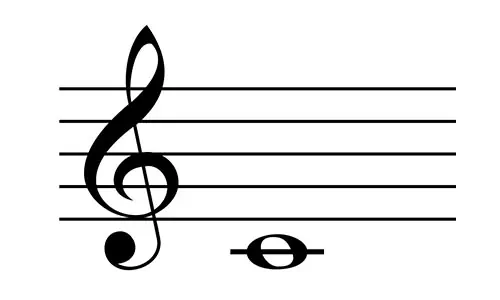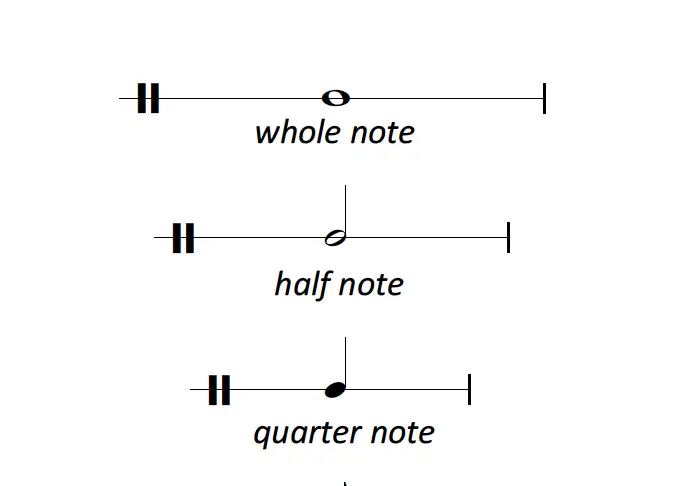how to Read French Horn Music
Your one-stop self-help guide to reading French Horn sheet music

Understanding how to read music is definitely a different skill from actually playing the French Horn. As an element of our ‘Beginner’s Guide To Learning The French Horn’ range, this section gives you ample info to start practicing this amazing skill.
Why Is It That We Need Written Down Music?
How does an individual from Australia publish something, and somebody in the united states can understand it? It’s simply because they follow the rules of reading and writing in the English language. Produced written music notation is exactly the same. If you are in Florida or Melbourne, provided that you can decipher the icons on the page, it is possible to play the music.
Instances of early notation have been found on tablets going back as far as 2000 BC. Modern’ staff notation’, the technique we now use, was designed by Catholic monks to standardise church music.

Why Bother Learning To Read Music?
Learning to read music requires time and effort. There are no two ways about it, it’s a difficult skill to learn.
If you’re wishing to play pop/rock music, it’s not so crucial that you discover how to read music. Even so, if you do, you’ll find life faster and easier in the future.
You could absolutely go down this path if you choose. Just realize that like riding a bike, reading music is a skill you never forget – and the benefits massively outnumber the downsides.
Which Approach Should You Use?
Whenever you were learning how to read and write, did your teacher take care of them as the same task? Most probably not. Physically writing letters and understanding how to control a pen, is actually a different skill set than reading how individual letters join together to create a word.
The procedure of learning to read music is actually comparable.
Playing the French Horn is actually a radically different skill from reading the sheet music in front of you. Quite a few badly experienced instructors try to teach the two of these components together – but you know much better! Learn them as separate skills that overlap. This way you’ll become successful more quickly.
Learn To Read Music Notation For The French Horn
The Treble Clef Staff
For the French Horn, staff notation is actually organized around something named the treble staff. This is made up of a stave (the name for the lines) of five lines and four spaces. It is usually labelled using a treble clef (the squiggly thing at the start of the line)!
Middle C lies in the space at the very bottom of the stave, on an imaginary line.
Notes can sit on a line or in a space. The vertical placement (height) of the note identifies the pitch. The higher up the stave, the higher the pitch. When the note needs to move higher or below the stave lines, we add mini lines for each note that is higher or lower. These lines are known as ledger lines.

The notes
So that we don’t need to count up from middle C to find our note, we can easily start using a trick – and it’s as easy as remembering the word FACE…

The five lines of the treble staff are EGBDF. The acronyms that happen to be common are “Every Good Boy Does Fine” or “Every Girl Boss Does Fine.” We personally believe these are pretty terrible, and it’s far more fun to make up your own!

And just for an overall view, this is actually the entire Treble Clef Staff, with all notes…

How To Tell The Length Of The Notes
Whenever we read through music, we read the music notes from the left-hand side to the right. Since we previously figured out which precise note to play, we now need to find out how much time to play it for. Fortunately, the printed note actually tells us this at the same time.
The shape of the note informs you how much time to play it.
- A whole note (or if you are in the UK, it’s called a Semibreve) is an empty circle and lasts four counts.
- A half note (or if you are in the UK, it’s called a Minim) adds a stem and lasts two counts.
- A quarter note (or if you are in the UK, it’s called a Crotchet) fills in the circle and lasts one count.


How To Read French Horn Sheet Music - Summary
Good work!
Using these simple details, you can now go away and use what you’ve discovered. It’s really not as tricky as you imagined – and you’ll soon have the hang of it with a bit of determination.
It won’t shock you to understand that there is quite a bit more to reading music compared to what I’ve cited above. But all of us have to get started somewhere – and provided you can get to the stage where you remember all this info and find it simple, you’ll then be ready to plunge in more deeply with your search for understanding!
About the Author
Anna Drysdale
I’m Anna and I play the horn. My work takes me anywhere from playing Bach in Germany to the music of Prince at the Royal Albert Hall, working with orchestras like Scottish Chamber Orchestra, London Contemporary Orchestra and the BBC Philharmonic. I attended the Royal College of Music and Royal Academy of Music in London, as well as studying historical horn in Amsterdam; I’ve always had strong ties to Europe (as a massive foodie as well as a musician…) and can’t wait to get back to travelling for music again!
Other posts by this author
Exactly What Is 4 Feature Friday?
As regular as I brush my teeth, I send out an email to you with the four most excellent things that you absolutely have to know about.
As long as it’s music associated, it could wind up in the email. Completely new music, techniques, items, critiques – anything at all.
You’ll only get to see the weekly email if you register beneath. And we also promise to never, ever spam.
Read the next post in this series:




